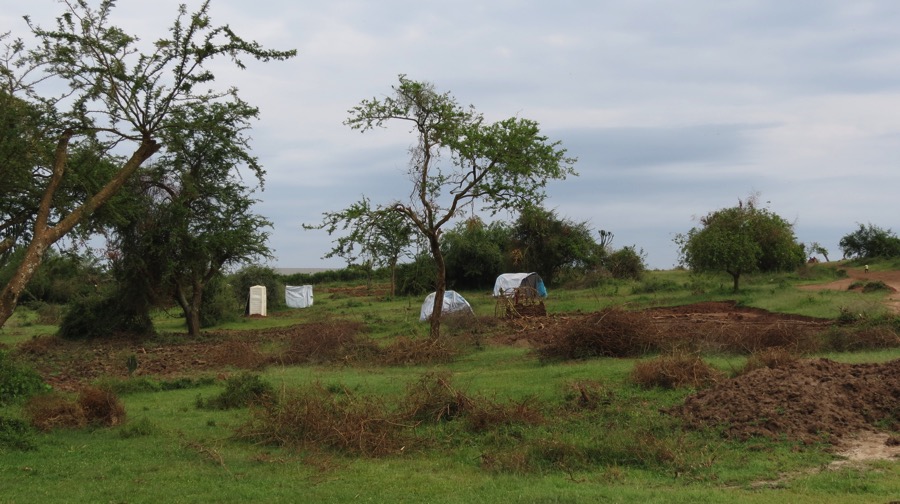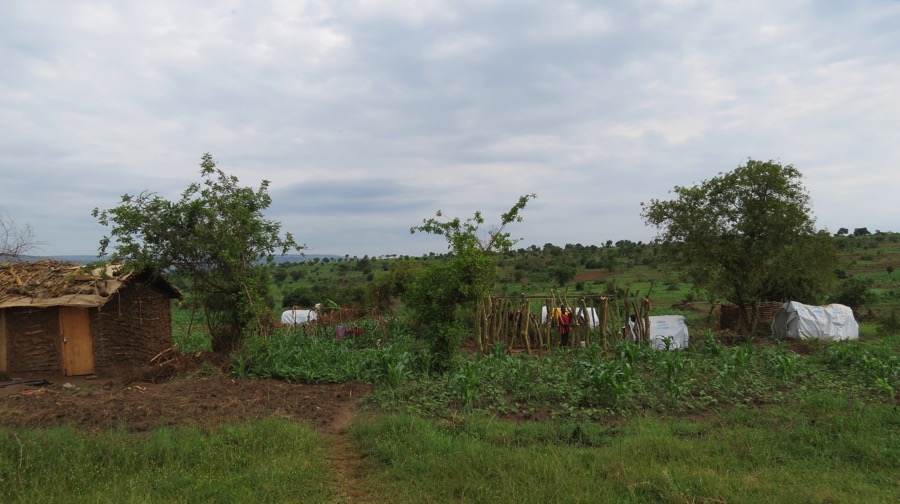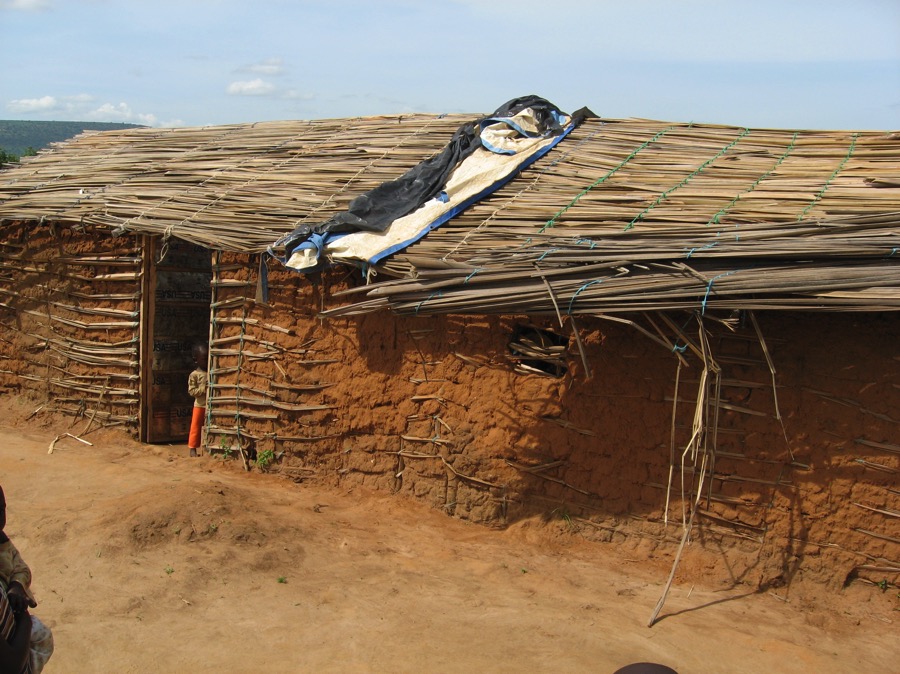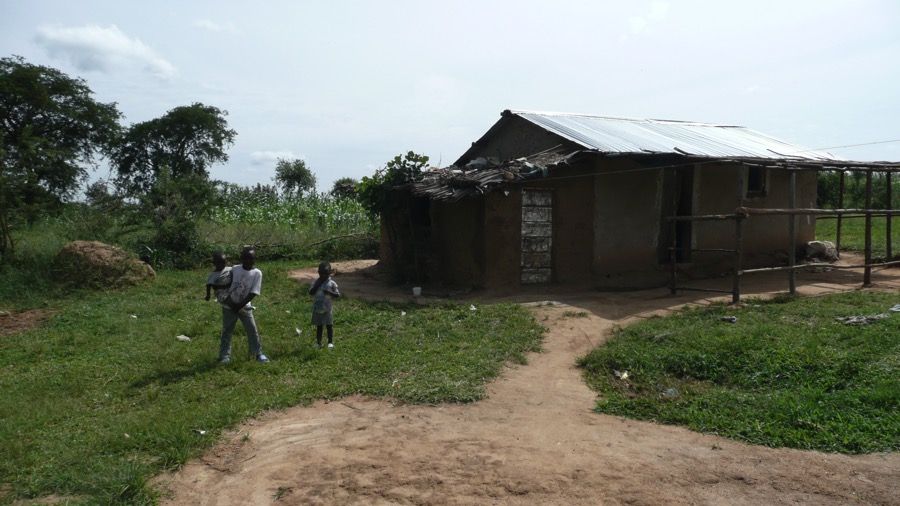Refugees: Strangers in a Strange Land
The first time we went to the Nakivale Refugee Camp, I had no idea what to expect. In 2010, refugees weren’t part of the world-wide awareness like they are today.
We drove out to the camp that first Sunday and I was surprised to find the refugee camp looked very similar to any other village I’d been to in Uganda.
I’ve since learned how refugees are integrated into the refugee camp and how these villages grow up. We’ve seen at least three different settlements grow into trading centers since we’ve been going out there.
Refugees leave their country of origin usually because of famine or unrest. They are held at the border until they can be processed through the United Nations High Council of Refugees. They surrender their passport from their country of origin and are given identification through the UN.
When refugees arrive at our camp, they are given a jerry can, a tarp, a ration card, and a plot of land.
The family sets up a small dwelling by stretching the tarp over the top of reeds. An entire family and all their belongings will cram inside this structure to get out of the elements.

Next, the family digs up the land around their dwelling and plants. UN rations are meager at best. The families live and die by how well their plot of land produces. Most of the time, the family plants either corn or beans, sometimes both in the same plot. The beans grow low to the ground and the corn grows tall so they can harvest them easily.
Once the field is planted, the family turns their attention to building a more permanent structure.

They will pound posts into the ground, and then weave reeds in between these. They fill in the gaps with the red dirt common to this area of Uganda, called marm. It dries hard and only washes away in the hardest rainstorms. The final touch is to stretch the tarp over the roof and place branches or reeds across it to protect it from the sun and rain.

The family will make rough doors of scraps of wood and tin so they can shut and lock their house, though it provides little real security.
As soon as the family is able to manage it, they begin making mud bricks for a more permanent house. They use the poles from the mud house to build trusses for the roof. Sometimes the family can afford to use tin sheeting for roofing. Other times, the tarp is again used as roofing.

Eventually, you get enough of these structures together and a village forms.

People open shops and small groceries. You can get plastic goods and produce not normally grown in their gardens like onions, tomatoes, green peppers, and potatoes. Eventually, they form a town council and the police open a substation. These refugees have gone from being sojourners to looking very like citizens.
Except they aren’t citizens. Locals look down on them and try to overcharge them for goods and services. Local doctors won’t staff their hospitals. Medicine and food meant for the refugees disappears, sometimes as much as half of what was intended for them.
These people are strangers in a country where they’ve made their new home. They are a people without a home, without a country. They are strangers in a land that is strange to them.

Leave a Reply
Want to join the discussion?Feel free to contribute!